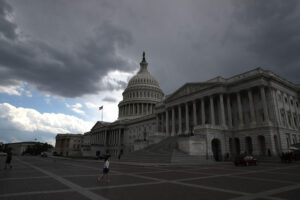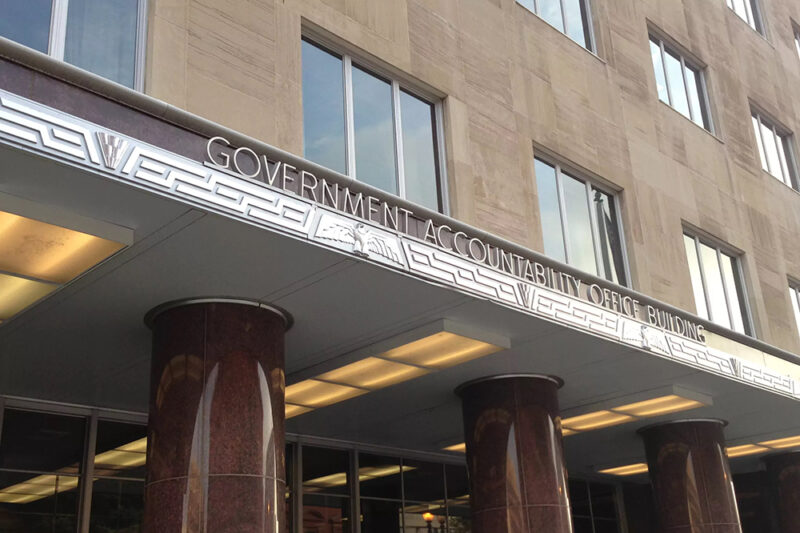The U.S. budget reflects lawmakers’ decisions to tax and spend, borrow and lend, and consume and invest. The size and scope of those decisions make the federal budget process one of the most important and complex exercises in public policy making.
Federal spending can be grouped into three categories:
- Mandatory spending, which includes program like Social Security and Medicare, are programs governed by provisions of permanent law. Put another way, spending on most mandatory programs is essentially on “autopilot” unless policymakers change the laws governing the program.
- Discretionary spending is determined on an annual basis by Congress and the President through the enactment of appropriations. As opposed to the "automatic" nature of mandatory spending, discretionary spending must be revisited each year. Defense spending accounts for nearly one-half of such funding.
- Net interest costs on the national debt, which includes the interest paid by the government minus the interest and investment income it receives. Primarily influenced by the accumulation of public debt and interest rates, net interest costs can crowd out crowd out opportunities for investment in other important priorities.
The federal government finances its operations with revenues, including taxes and other receipts collected from various sectors of the economy. The largest sources of revenues are the individual income tax and payroll taxes, followed by the corporate income tax, customs duties, and excise taxes.
To cover any shortfalls between revenues and spending, the government issues debt. The underlying structural mismatch between revenues and spending is the primary driver of growing deficits in the future, posing significant challenges for our budget as well as our political system.
Below is a selection of key charts that give an overview of the major components in the U.S. federal budget.
Attribution Policy: If you would like to use any of these charts, please credit the "Peter G. Peterson Foundation" and provide the pgpf.org website URL and hyperlink. If you would like to include one of our charts in a commercial product, please email copyright@pgpf.org.
Further Reading
10 Largest Budget Functions
Here are the top ten spending categories for the federal budget.
589 Ways to Improve Government Efficiency and Reduce Deficits
A new report outlines ways to find cost savings by reducing overlap, duplication, and fragmentation across the federal government.
Budget Basics: How Does Social Security Work?
Social Security is the largest single program in the federal budget and makes up approximately one quarter of total federal spending.


